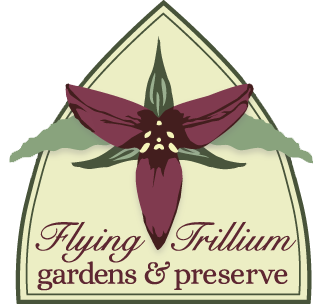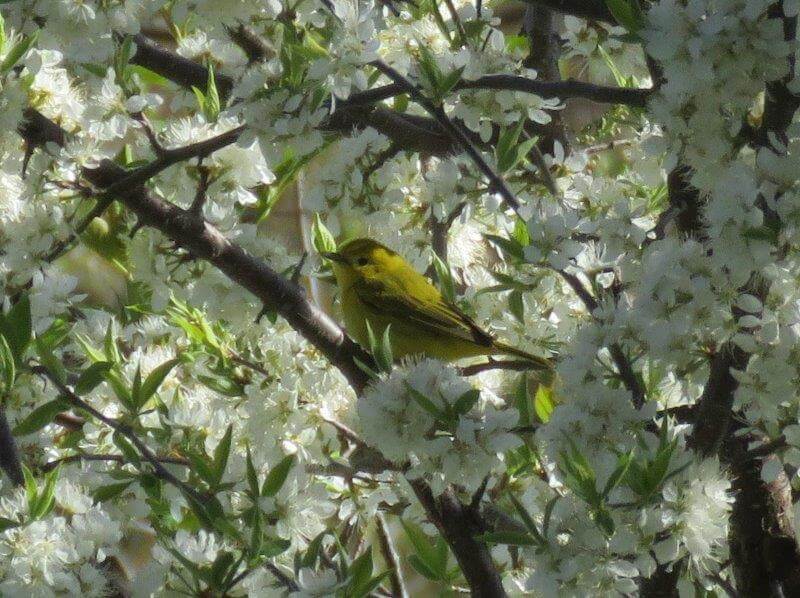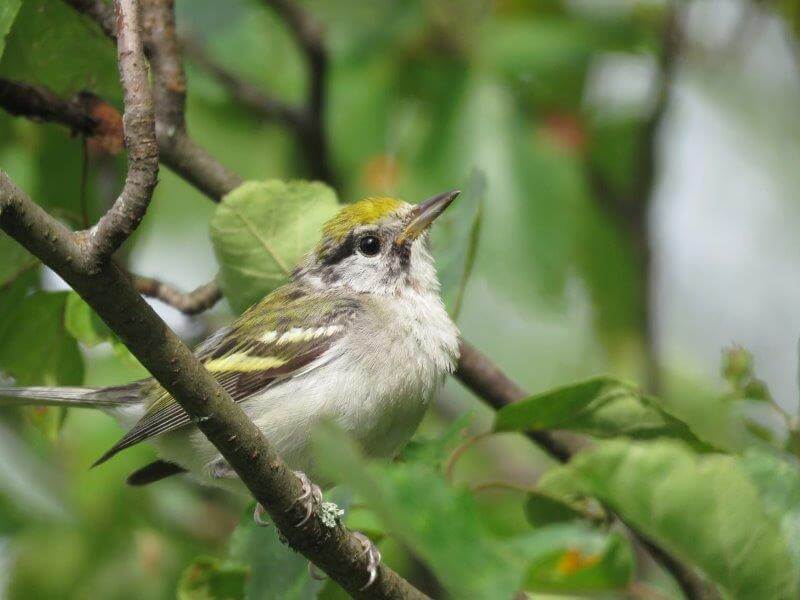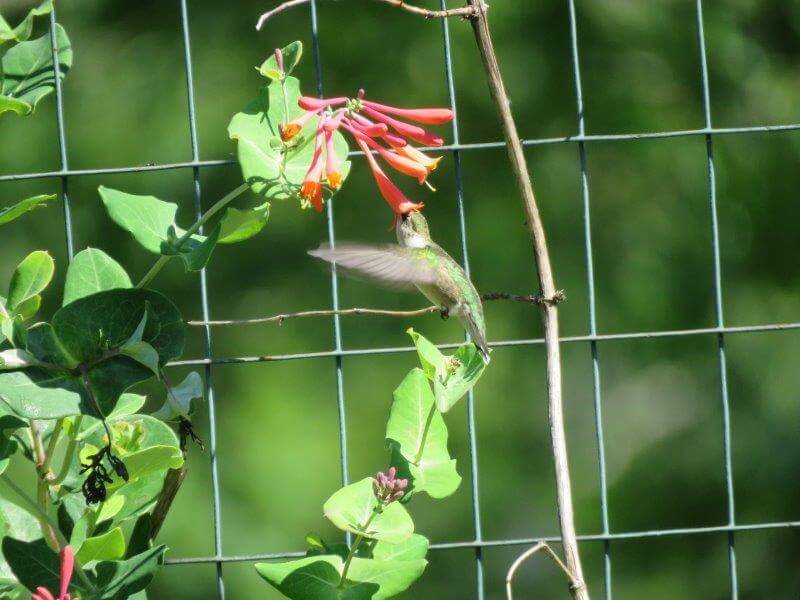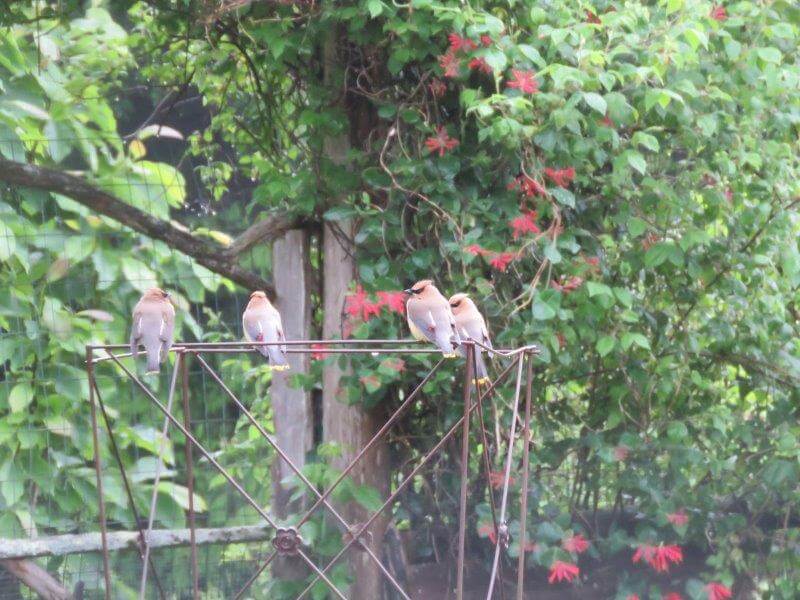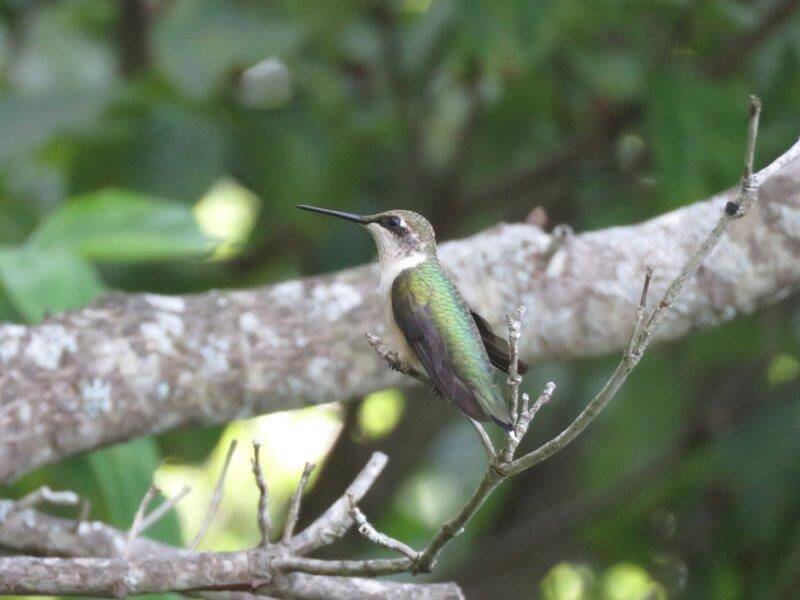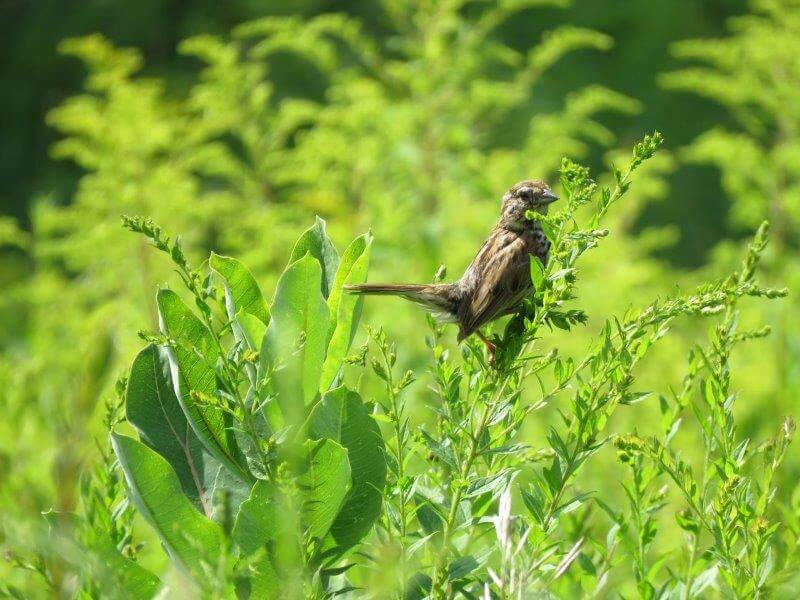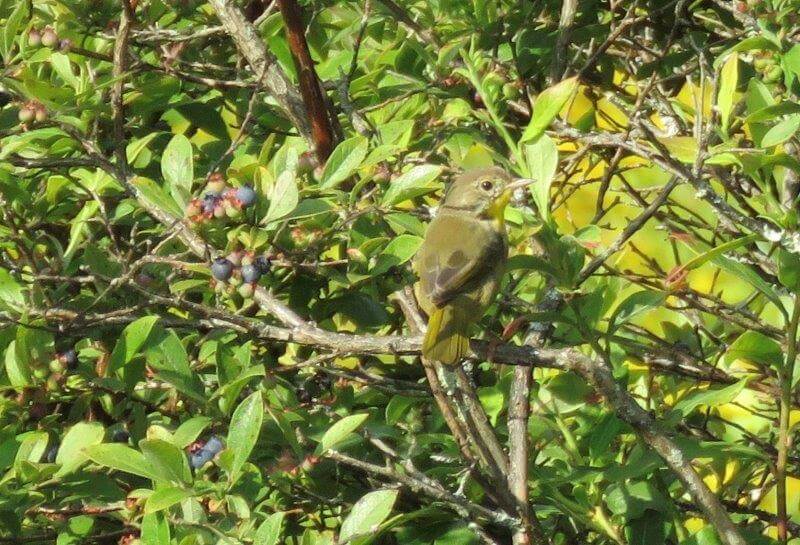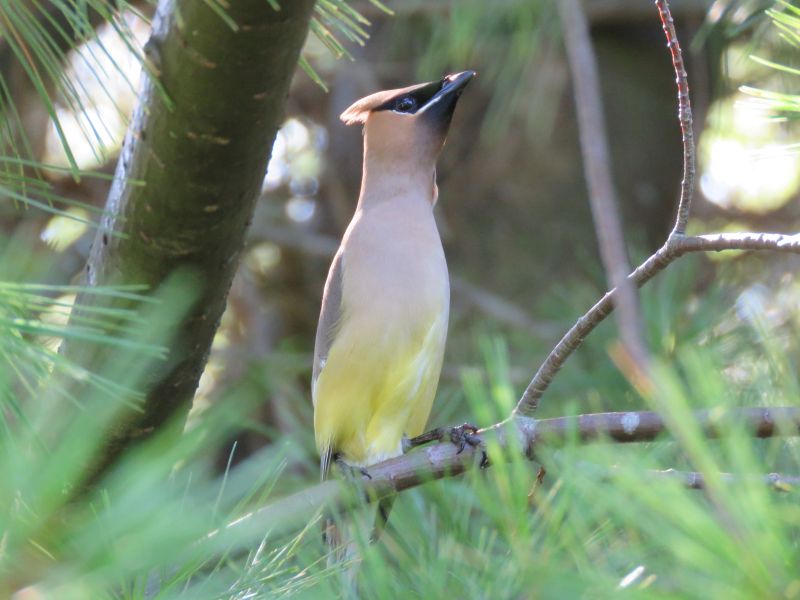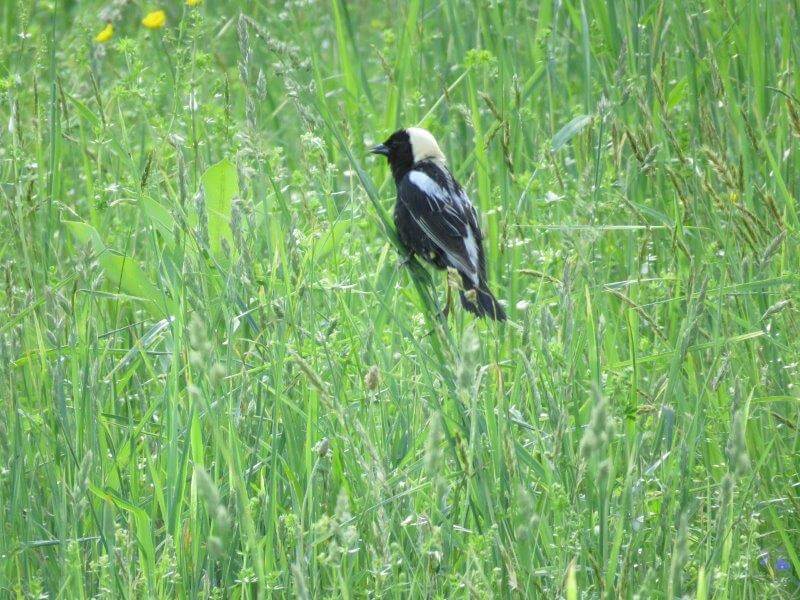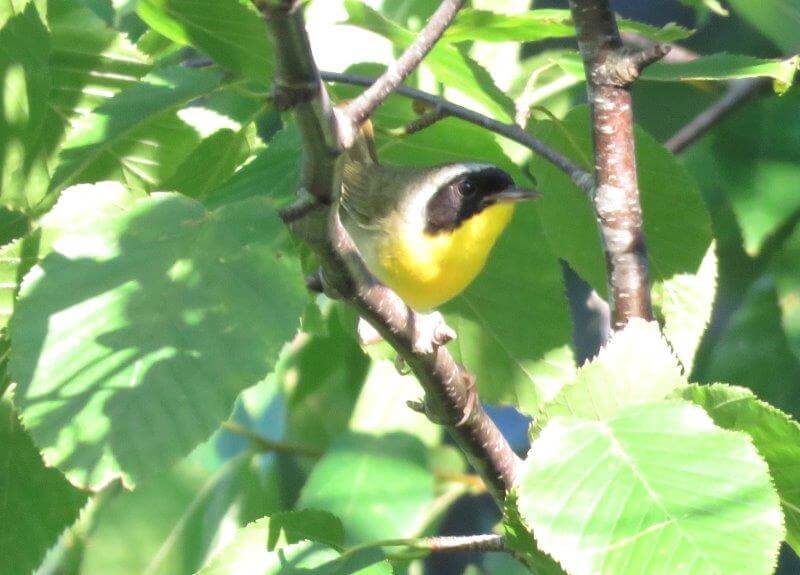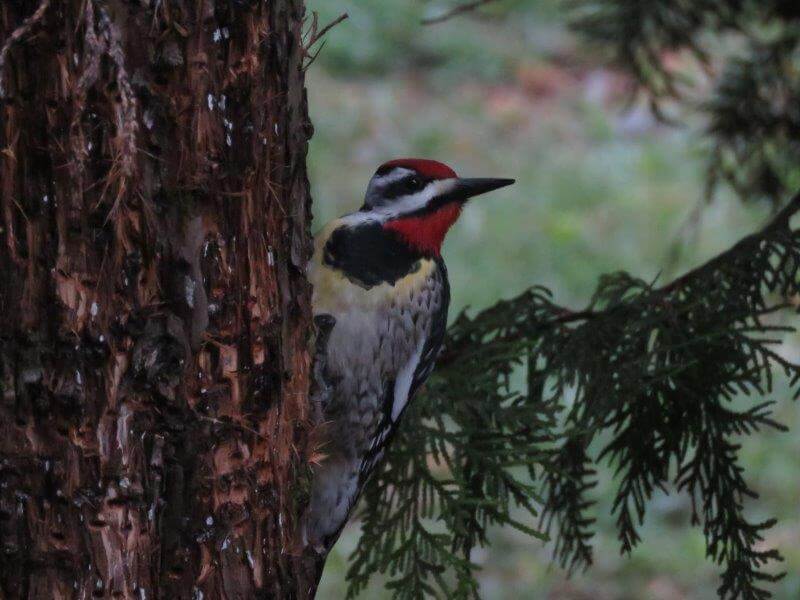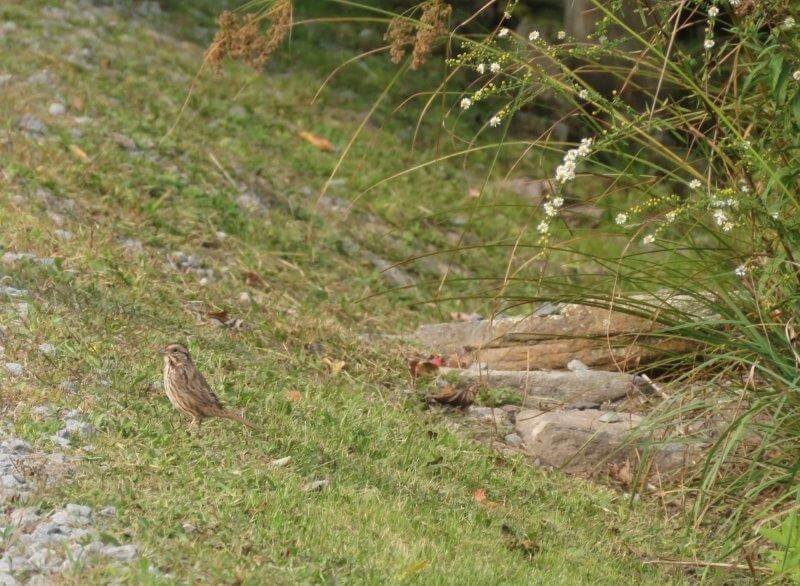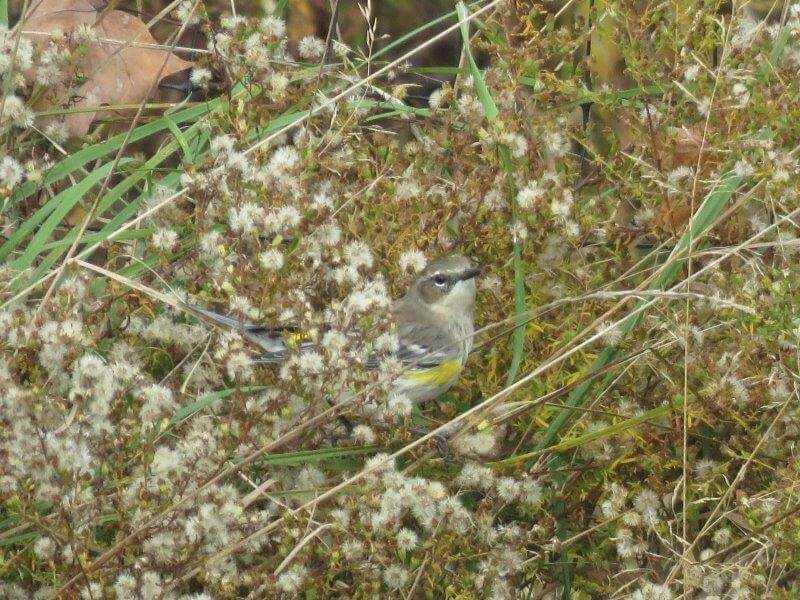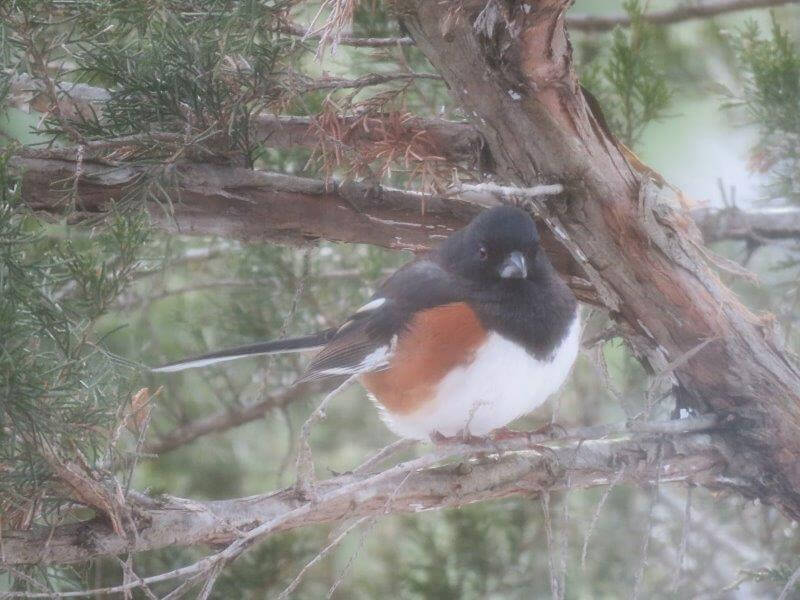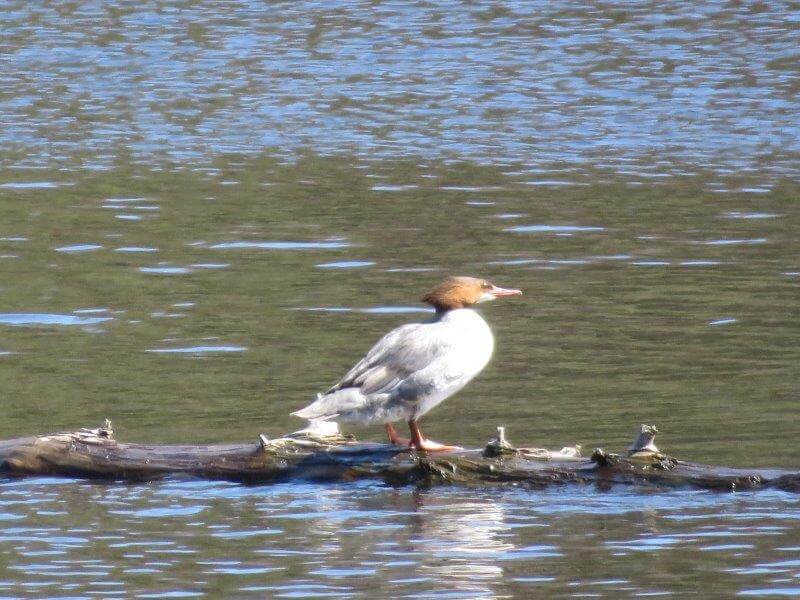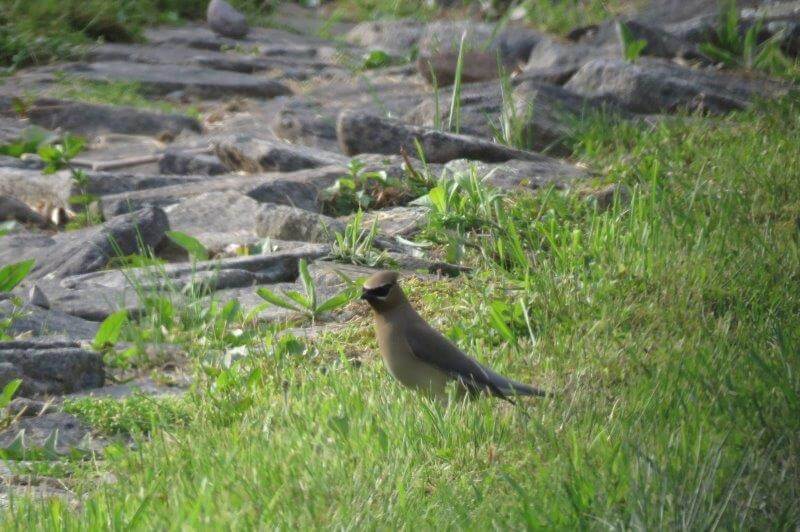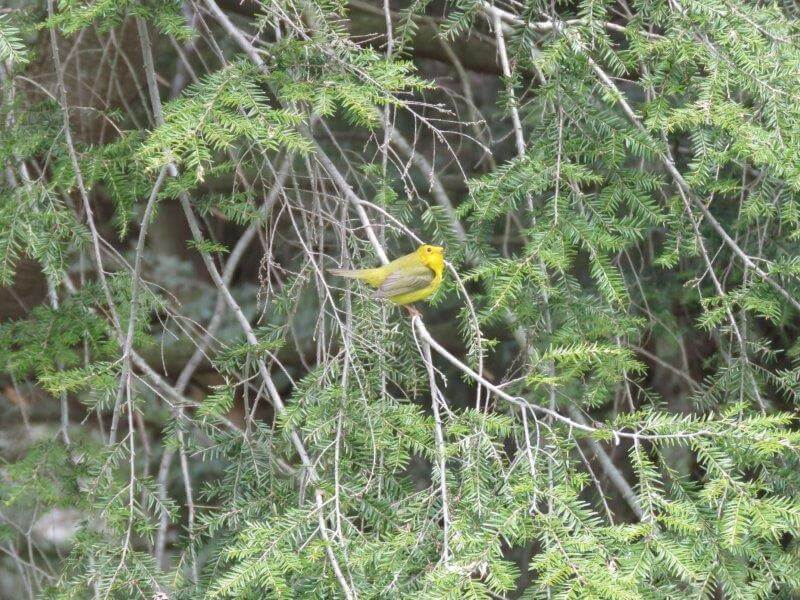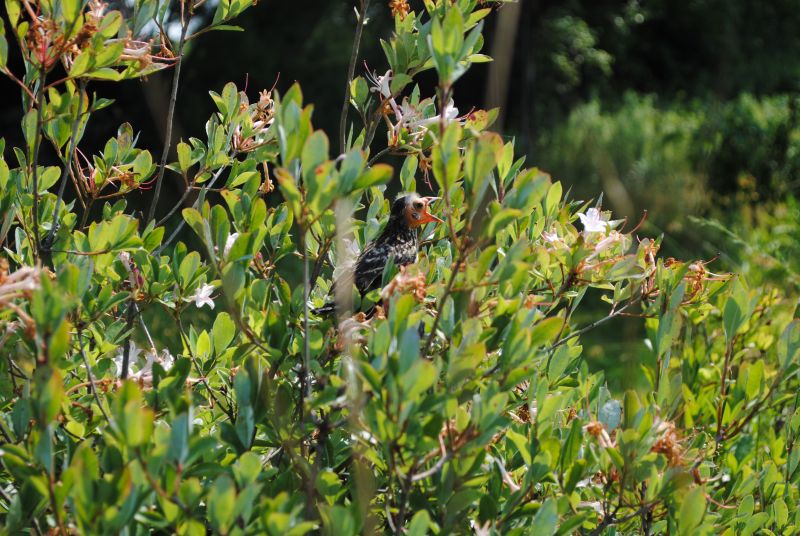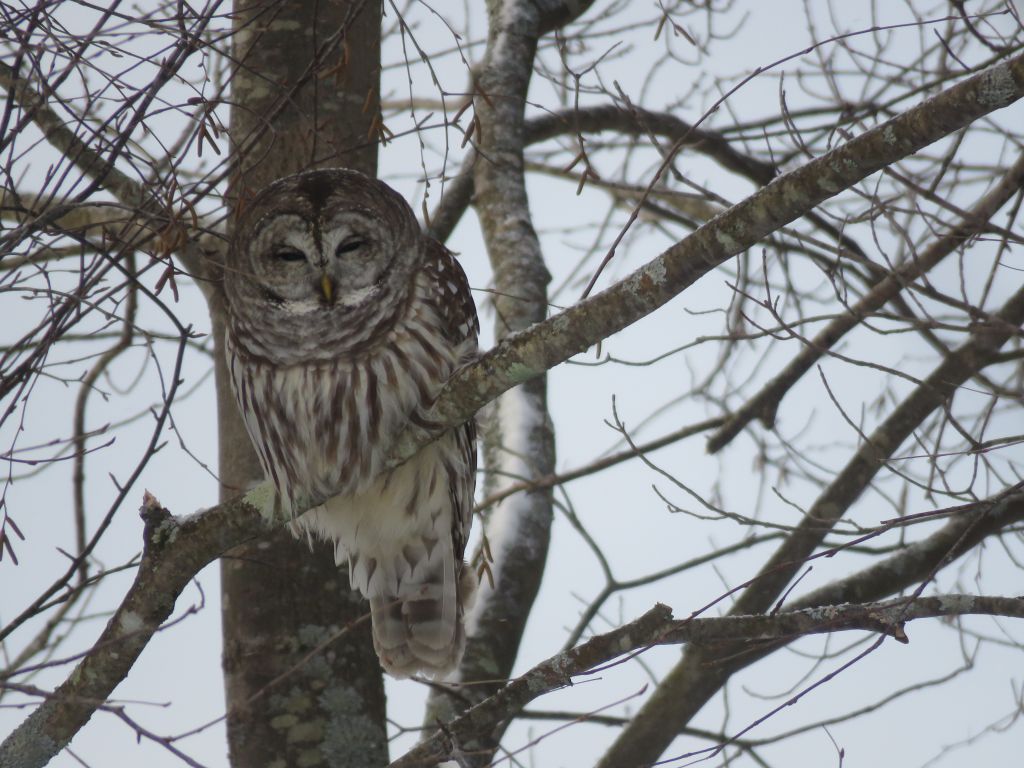Between the gardens and the preserve, FTGP supports a wealth of varied habitats that, in turn, support many different species of birds. We are graced with the presence of neotropical migrants using meadows, marshes and forests for resting and refueling. Some of these songbirds remain during the entire breeding season. Year-round residents winter over with us. Our populations of native trees, shrubs and flowers produce an abundance of caterpillars for nourishing clutches of baby birds during the breeding season. These photos highlight the variety of recent visitors as well as year-round residents (all photos taken by Carolyn onsite at FTGP).
